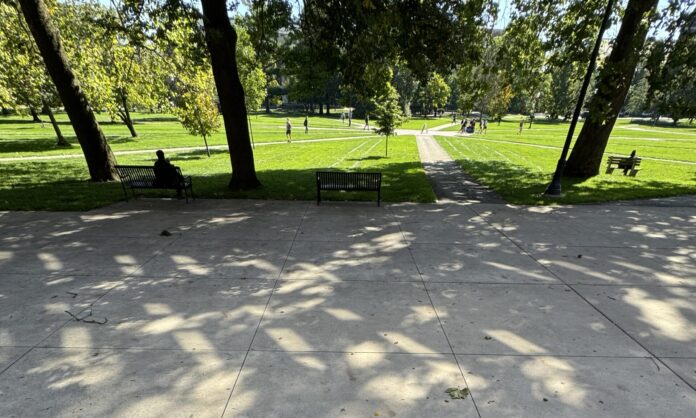Excerpt:
The first factor is characterized primarily by activity, including physical, social, and cognitive behaviors. This factor involves doing something, whether it be changing location, getting some fresh air, talking to someone, or exercising. Of the three factors, mean self-ratings by questionnaire respondents (6.8 = mostly successful) ordered this group of behaviors as the best at raising energy in a short period. Further evidence of the value of this approach to energy enhancement was that those using the most successful mood-change strategy in Study 2 (Active Mood Management) were most likely to use this strategy as well (r = .48, p < .001). The only statistically significant demographic predictor of use of this strategy was age, with younger people more likely to use this strategy, t(295) = 2.59, p < .01.
The second factor is almost the opposite of the first with regard to activity, and we have named it Reduced Activity and Rest on the basis of the two major items concerning watching TV and resting or sleeping. The mean success rating of this strategy was 6.1 (between sometimes and mostly successful). The third factor, named Caffeine, Food, and Passive Stimulation, included use of stimulating substances together with TV. Younger people, women, and those who were less educated were more likely to report using this strategy, respective ts(295, 299, 294) = 3.24, 2.61, p < .01; 2.15, p < .05. It was rated as slightly more successful (6.2) than the second factor, and people who reported using this strategy also reported using the Study 2 mood-change strategy of Social Support, Ventilation, and Gratification (r = .40, p < .001).
It is useful to view relationships between individual behaviors to raise energy, and the most successful mood-change strategy from Study 2 because of the evidence from therapists about the efficacy of the latter strategy. Correlation tests indicated that those using Active Mood Management to change a bad mood were most likely to use exercise, relaxation techniques, and evaluate or analyze to raise energy (respective rs = .34, .34, and .33, p < .001). These behaviors are quite consistent with the mood theory that we used (Thayer, 1989).
Relevance:
I was having a hard time finding anything that could draw a connection between mood and energy till I found this research paper. This study proves that doing activities, resting, and taking caffeine, food, and passive stimulation can raise energy, and they both contribute to managing a bad mood. This helps me to address the connection between mood and energy. Through this paper, all the test they did and the data they collected allows me to say that rising energy can positively boost mood, which is a key point of my research and pushes my research forward.
Reference:
Thayer, R. E., Newman, J. R., & McClain, T. M. (1994). Self-regulation of mood: Strategies for changing a bad mood, raising energy, and reducing tension.Journal of Personality and Social Psychology, 67(5), 910–925. https://doi.org/10.1037/0022-3514.67.5.910




